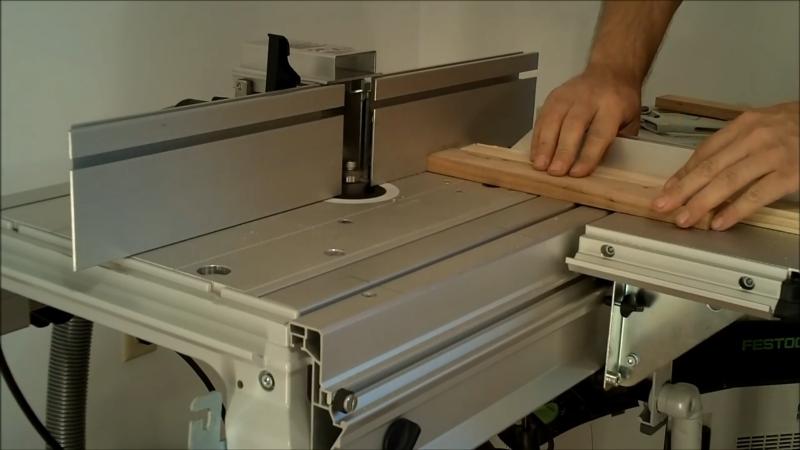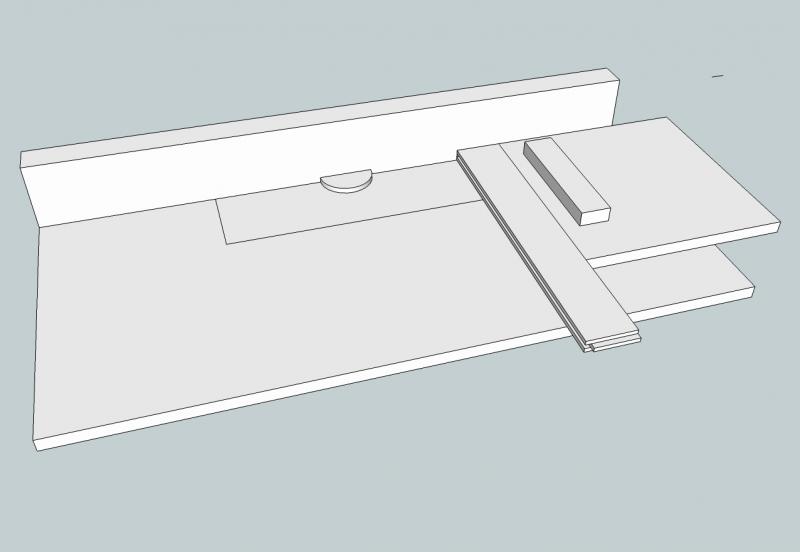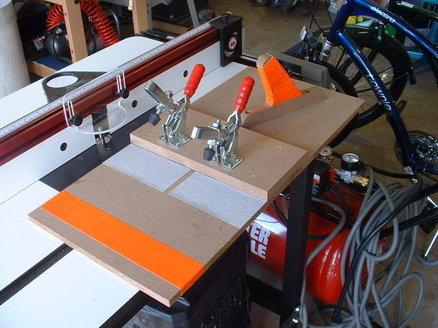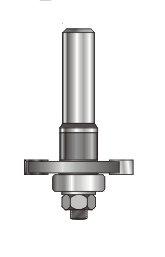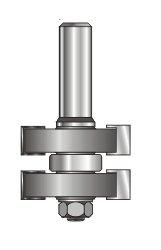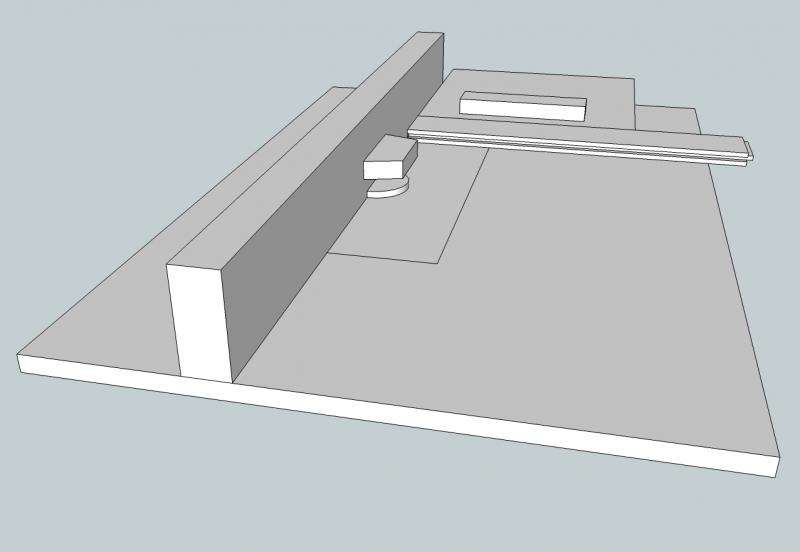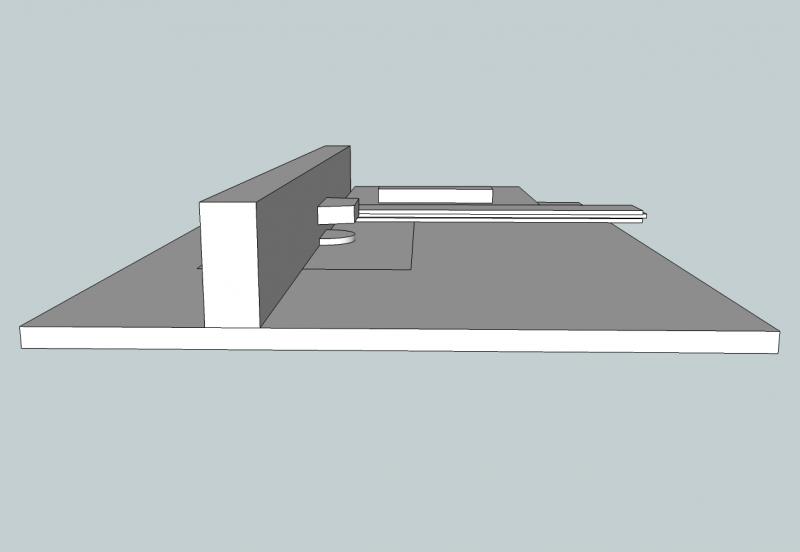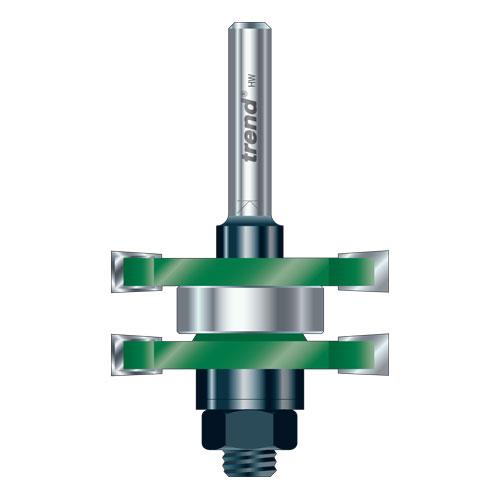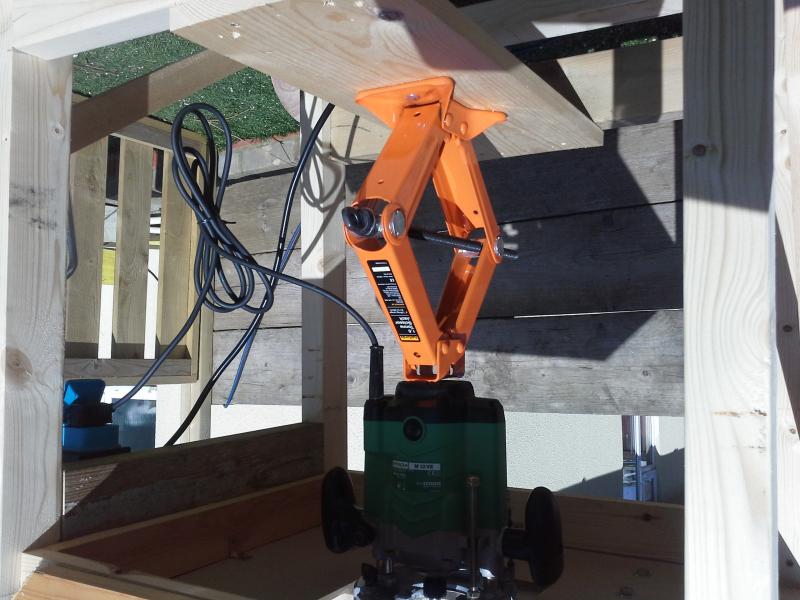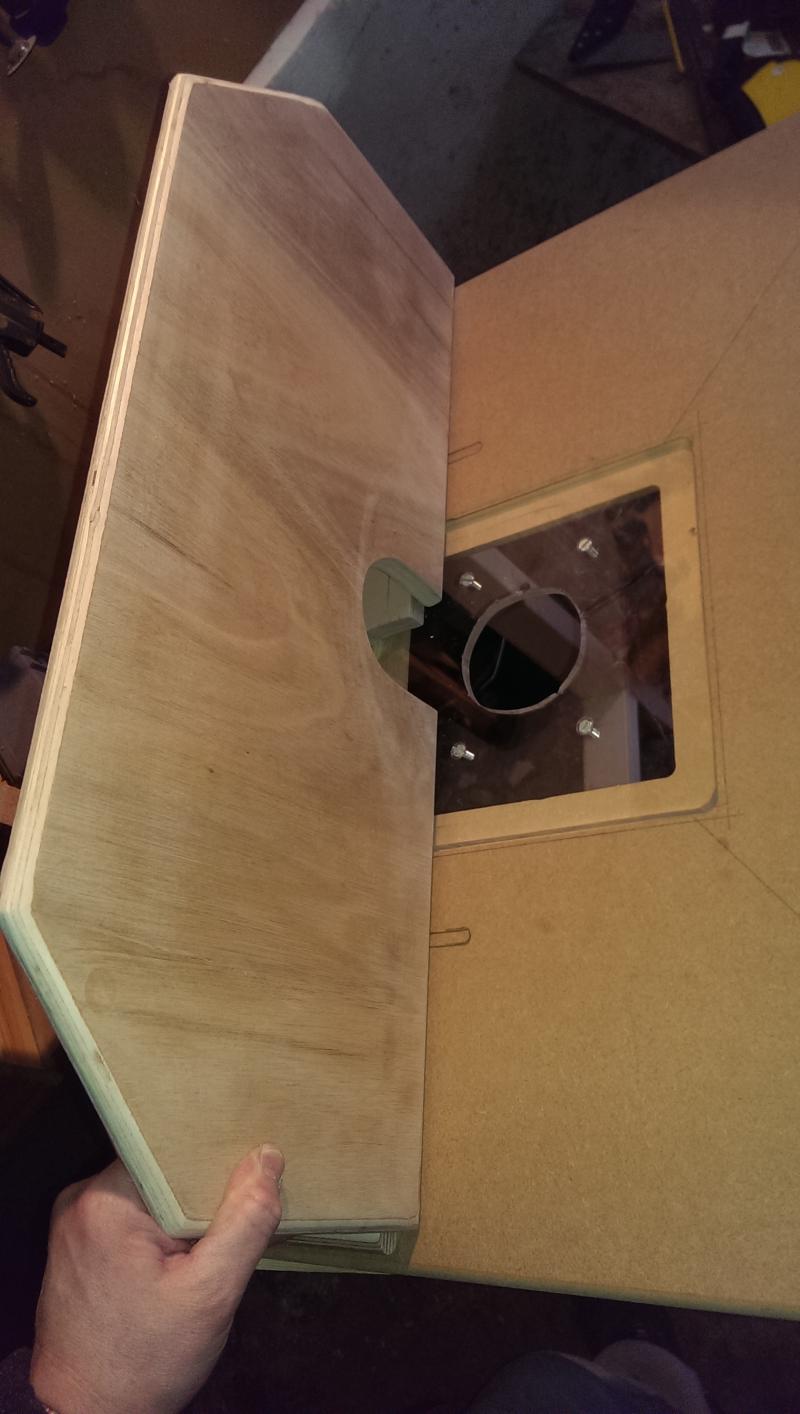Rails for shaker cabinet doors, I know you need to help the end cut with some kind of rail to keep square, and your fingers, but wondering best practice to get straight. I see what you mean about running block against fence, i guess that will guarentee its square?
Was thinking somethin like this?
However as fence not fixed i was worried that if i made mitre for rail that is fixed and i set fence wrong it will ruin cut.
I have a t&g bit, and will practice with some spare softwood before a test run with an oak board and 9mm ply i have. If that works i will go ahead and spruce up my kitchen finaly
i have found oak vaneered ply for centre of doors, with a bit of oil it may just work.
Was thinking somethin like this?
However as fence not fixed i was worried that if i made mitre for rail that is fixed and i set fence wrong it will ruin cut.
I have a t&g bit, and will practice with some spare softwood before a test run with an oak board and 9mm ply i have. If that works i will go ahead and spruce up my kitchen finaly
i have found oak vaneered ply for centre of doors, with a bit of oil it may just work.


